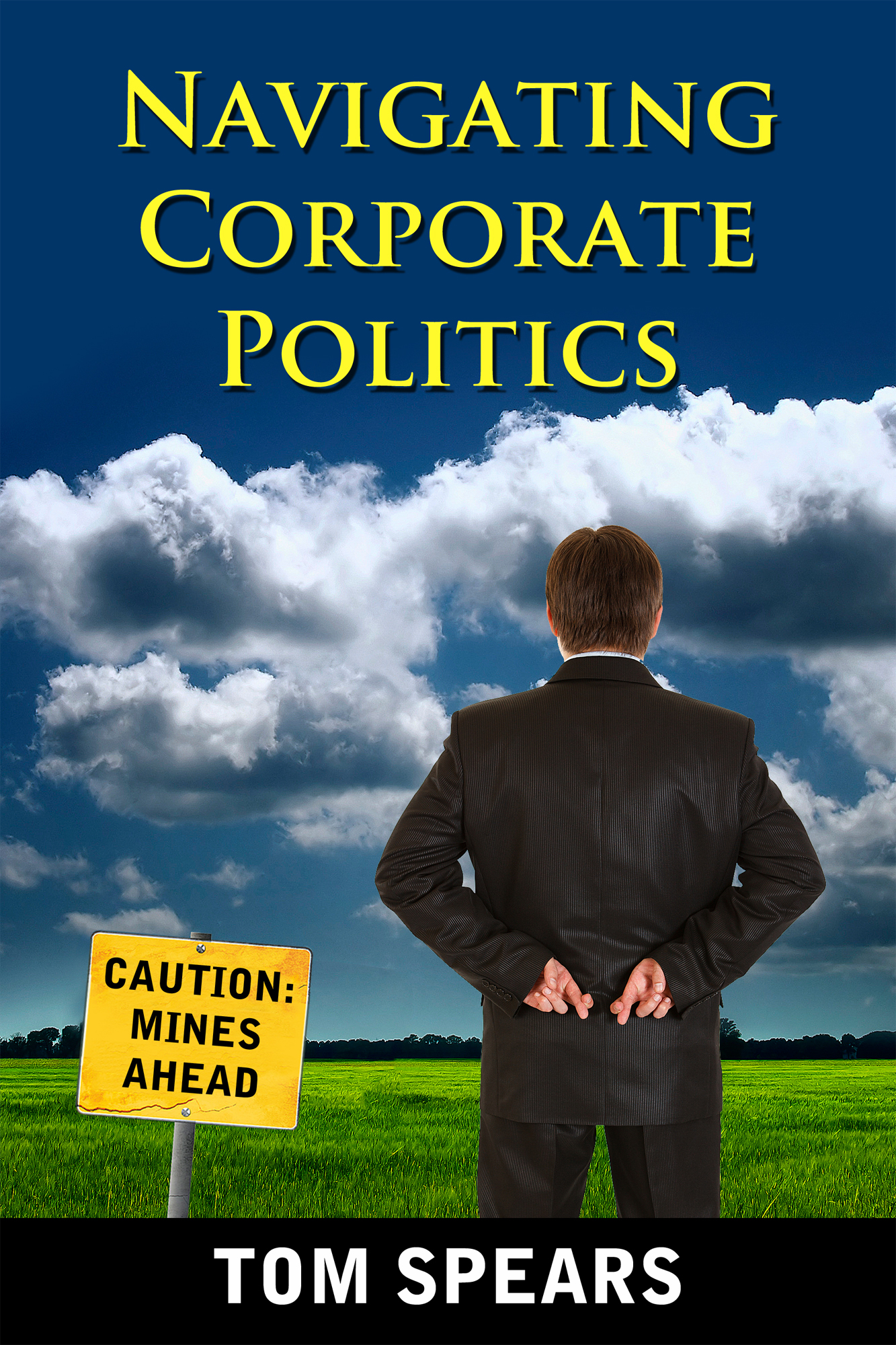When you're a senior manager, your inspiration can come from several places -- perhaps from something you've read, an abstraction of something you've seen done before, even something that you just thought up in your own head. I've successfully developed ideas that came from all these sources, and more.
The common thread linking these sources is YOUR judgment. You can make most of them work, as long as you're convinced it is a good idea, project, or objective. As long as you believe.
Notice I said you can make MOST of them work. Some ideas are just bad from the start (apologies to advocates of the no-idea-is-a-bad-idea thing -- I personally don't buy it), and no amount of belief, wishful thinking, or, for that matter, hard work, will ever turn them into successes.
But if you reason your way through the idea, test it against your common sense and experience, and you're convinced you've got a winner, chances are pretty good you'll be able to pull it off.
You're in a completely different realm, however, when you're being sold a story by someone else. My advice: If you can't get 100% behind the idea, with a level of enthusiasm and confidence that matches the person doing the selling, then DON'T GO FORWARD with the project.
Unfortunately, this is a lesson I've had to learn the hard way. Several times over, in fact, before it completely sunk in.
When someone is selling you a story, you need to be personally confident on all fronts -- that means being excited about the upside, relatively unconcerned about the risks and, most importantly, having a complete understanding of how all aspects of the idea -- technical, commercial, existential, you name it -- will work. The devil is in the details, so you must take the time to drill deep before providing your endorsement. And run, not walk, in the other direction if you can't.
Here are a few examples that illustrate the above points:
Once while running a business where profitability was highly dependent on steel costs, I was faced with an ugly problem. Steel costs were rising rapidly, and if I didn't increase prices immediately, our profitability would be severely damaged. The problem was, none of my competitors seemed to be interested in doing anything. A few "trial balloon" increases were ignored by the competitors, and rumors were circulating that one of them was "committed" to holding price. I knew that eventually every manufacturer in the industry would feel the same pressure we were, the only problem was the word "eventually." I knew I needed to do something.
When I checked with my staff, most were opposed to my proposed solution -- to lead with a bold statement of our intent to follow steel prices as they rose while offering the competition subtle encouragement to follow. I was convinced it was the right course of action, however, so I pushed it through. For the next eight weeks, I was the most hated and vilified person in the company. Then a curious thing happened, the competitors started to match our increase. Encouraged, I pushed prices up again, and this time they quickly followed. In the end, our profits were actually enhanced during a period of rapid inflation and our share position suffered only modestly
In that case, I developed the idea myself, and was convinced it would work.
In another pricing example, my VP of Sales wanted to abandon transaction-based discounting in favor of a schedule of discounts and incentives. Conventional wisdom said that by doing so, we would lose significant market share as we kissed goodbye many of the most price sensitive deals. But I was convinced by the VP that the outcome would be different, noting that we were in a very poor position to make smart decisions when it came to transaction discounts. I spent a substantial amount of time investigating the details of the scheme, and when it was eventually implemented, it was a resounding success.
In this example, the idea wasn't my own, but I took the time to convince myself it was a wise move.
On the other end of the spectrum was an international joint venture advocated by the VP of International. From the beginning I was suspicious of the partner, thought the strategy was weak, and knew the venture would likely be a big drain on management. Counter balancing that was the fact that we'd had our asses handed to us in the target territory by a second-tier competitor during the prior year. The pressure was intense to do "something."
Despite my misgivings, I simply gave in to the VP, and moved ahead. It was a management failure on my part because even though I had significant doubts about the project, I caved to the pressure. In short, I was sold on the story and the enthusiasm the VP showed for both the partner and the project. I was essentially substituting his judgment on the project for my own.
It didn't turn out to be a wise decision. Five years and thousands of management hours (not to mention hundreds of thousands of dollars) later, we were stuck with a non-function joint venture and a do-nothing partner. There were few prospects for improvement.
If I'd only avoided getting sucked in by the story. 20.5
Other Recent Posts:
- Different Isn't Necessarily Better
- Institutional Amnesia
- The Audacity of Thieves
- You Might Need a Witness
- Hope for Innocence, Expect Duplicity
- Business Misuse of Email and Other Media
- Schemers scheme, enforcers enforce
If you are intrigued by the ideas presented in my blog posts, check out some of my other writing.
Novels: LEVERAGE, INCENTIVIZE, DELIVERABLES and HEIR APPARENT. Coming soon -- PURSUING OTHER OPPORTUNITIES
Non-Fiction: NAVIGATING CORPORATE POLITICS
This is the cover of my new, and soon to be released novel, PURSUING OTHER OPPORTUNITIES. This story marks the return of LEVERAGE characters Mark Carson and Cathy Chin, now going by the name of Matt and Sandy Lively and on the run from the FBI. The pair are working for a remote British Columbia lodge specializing in Corporate adventure/retreats for senior executives. When the Redhouse Consulting retreat goes horribly wrong, Matt finds himself pursuing kidnappers through the wilderness, while Sandy simultaneously tries to fend off an inquisitive police detective and an aggressive lodge owner.
My novels are based on extensions of my 27 years of personal experience as a senior manager in public corporations. Most were inspired by real events.
















